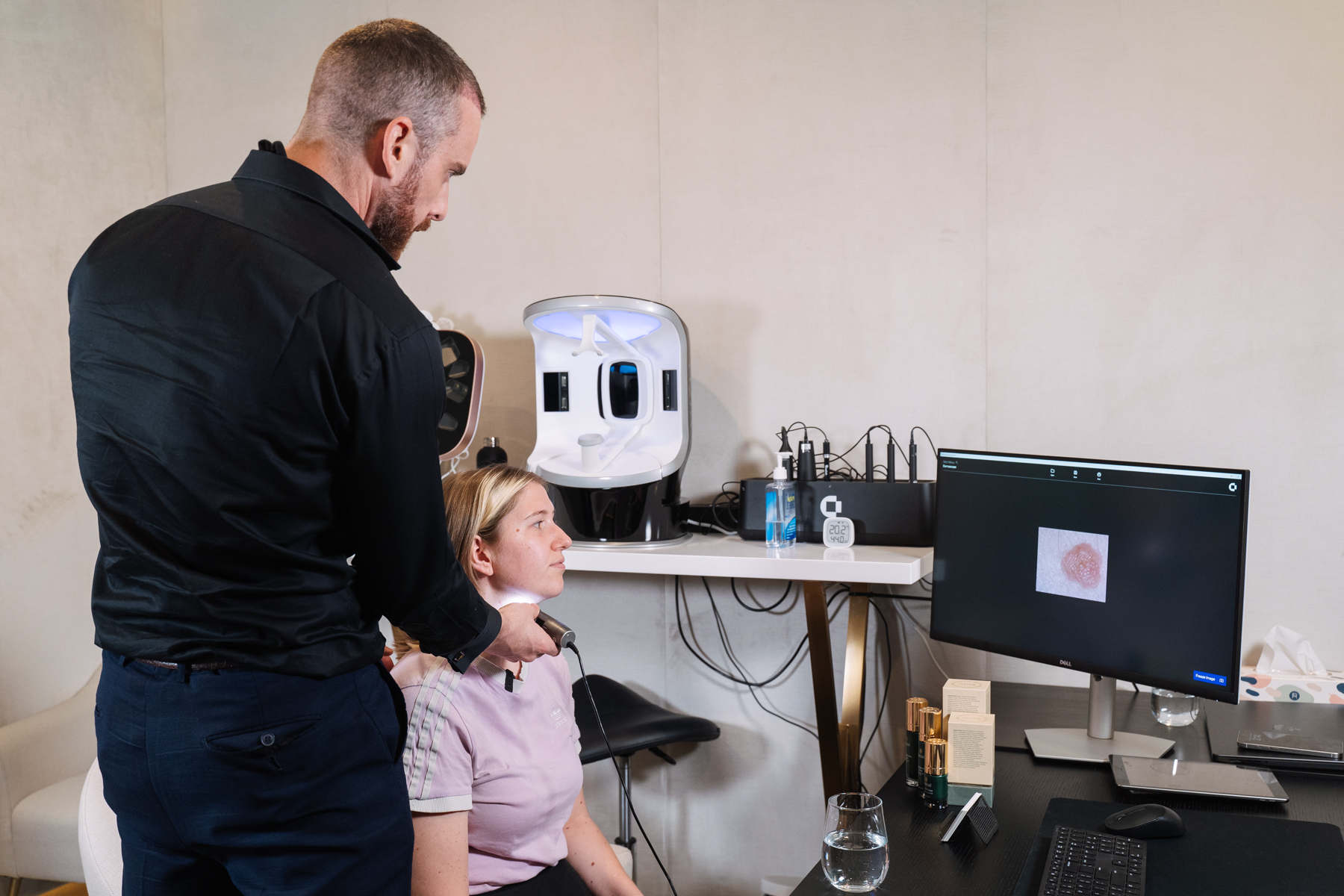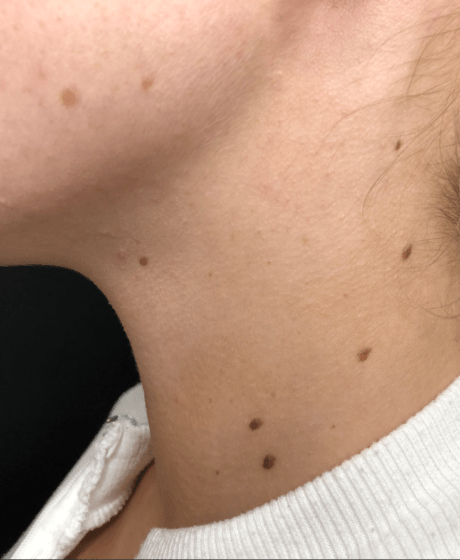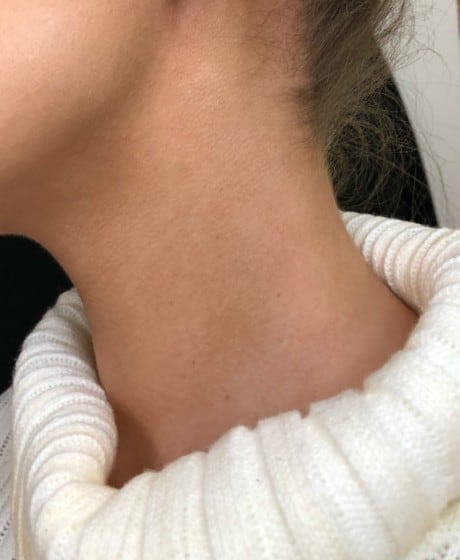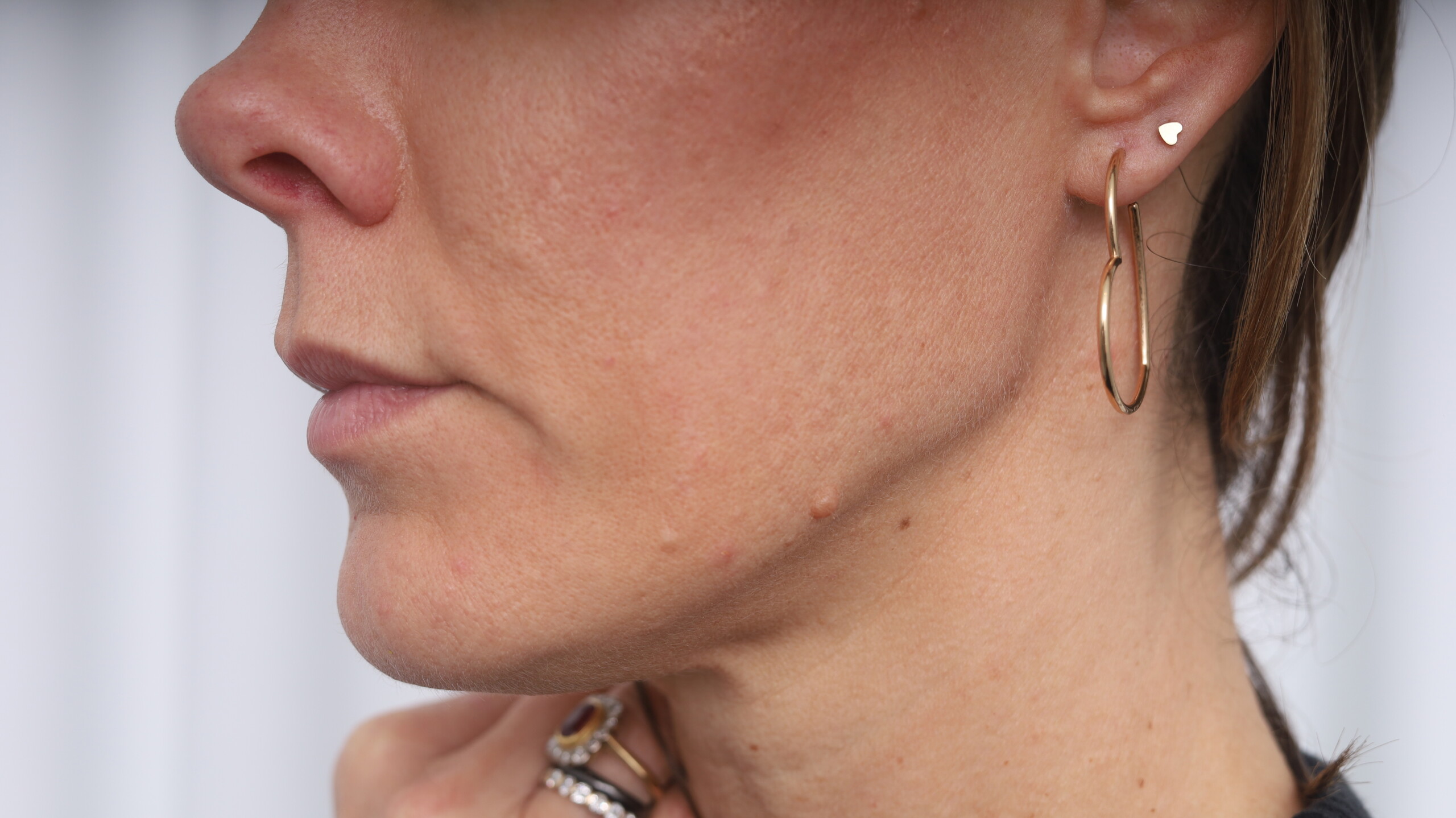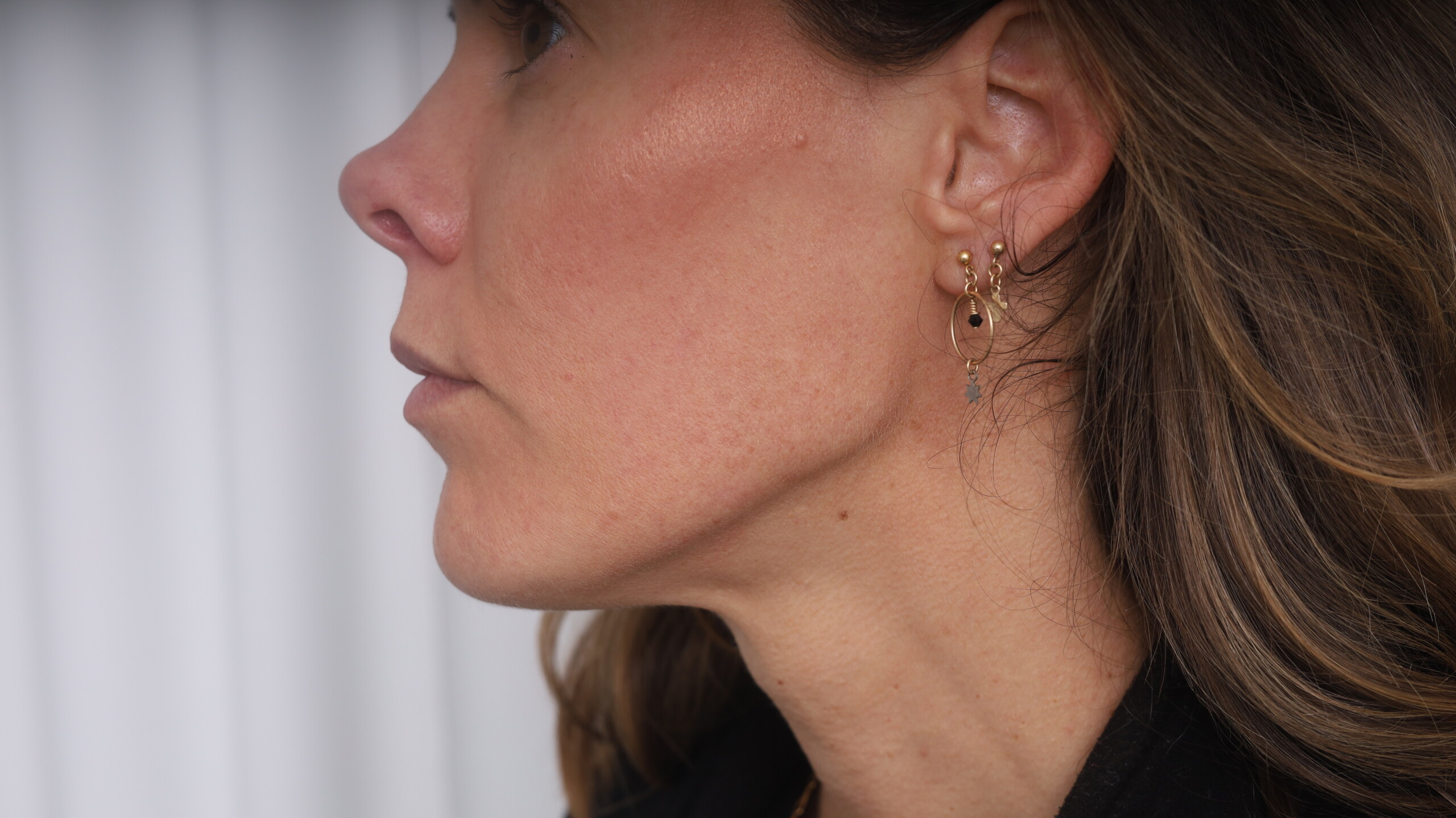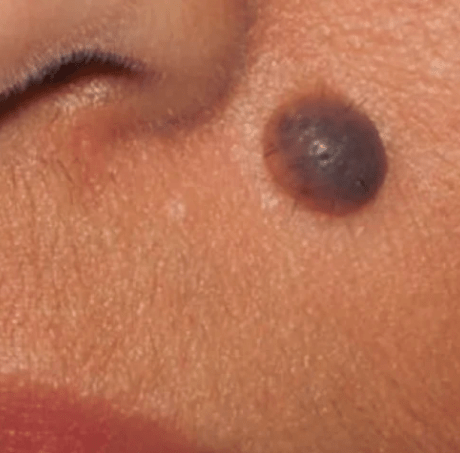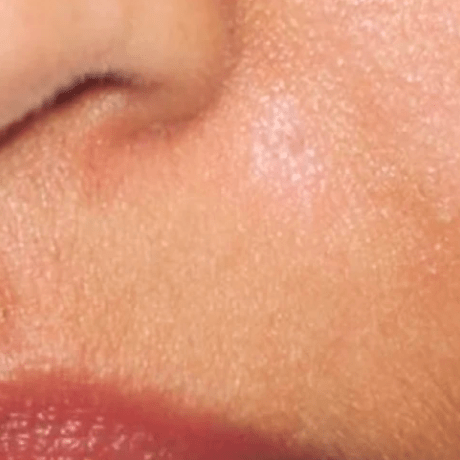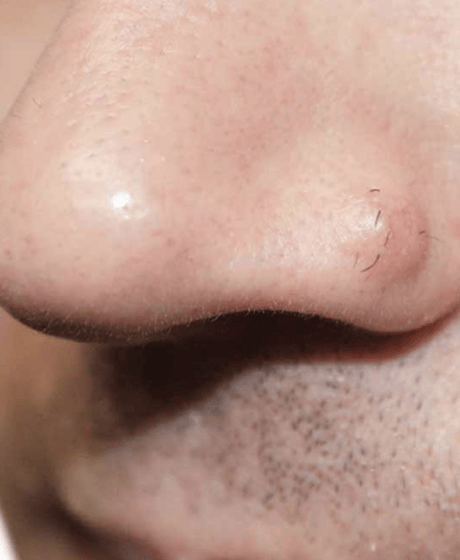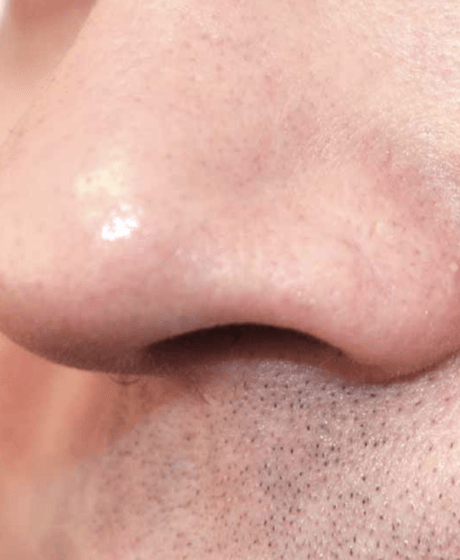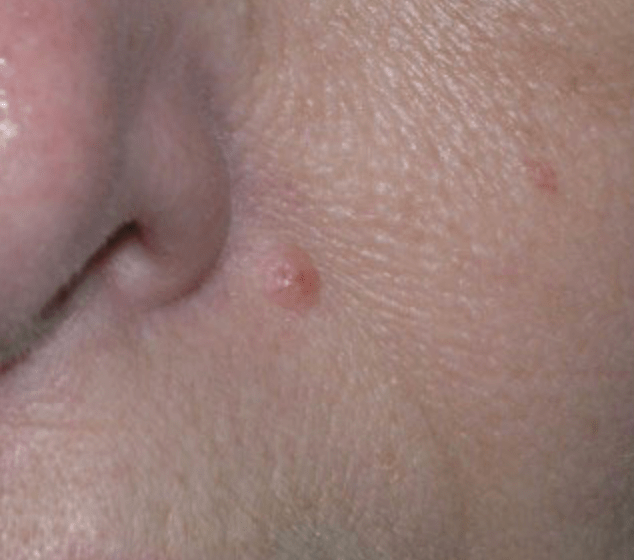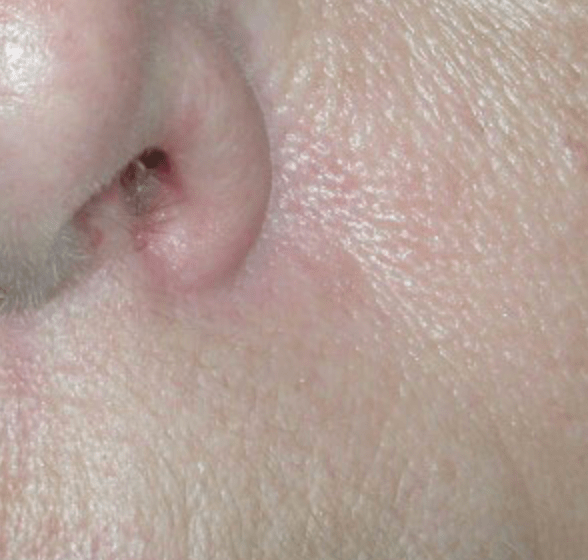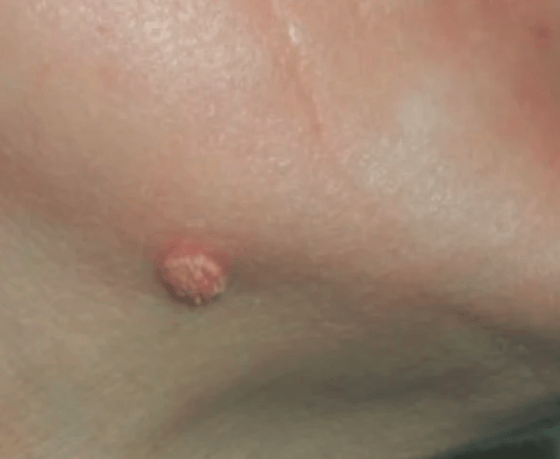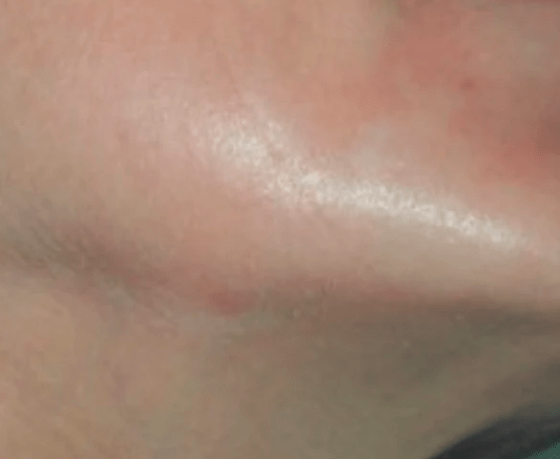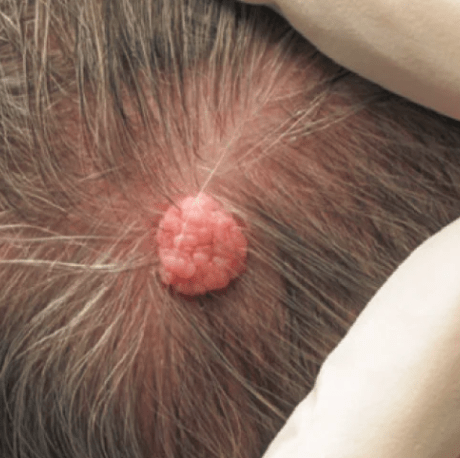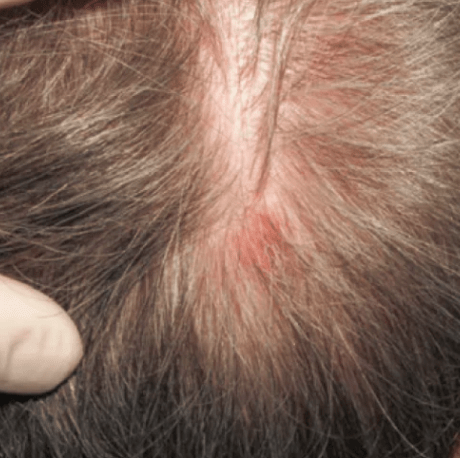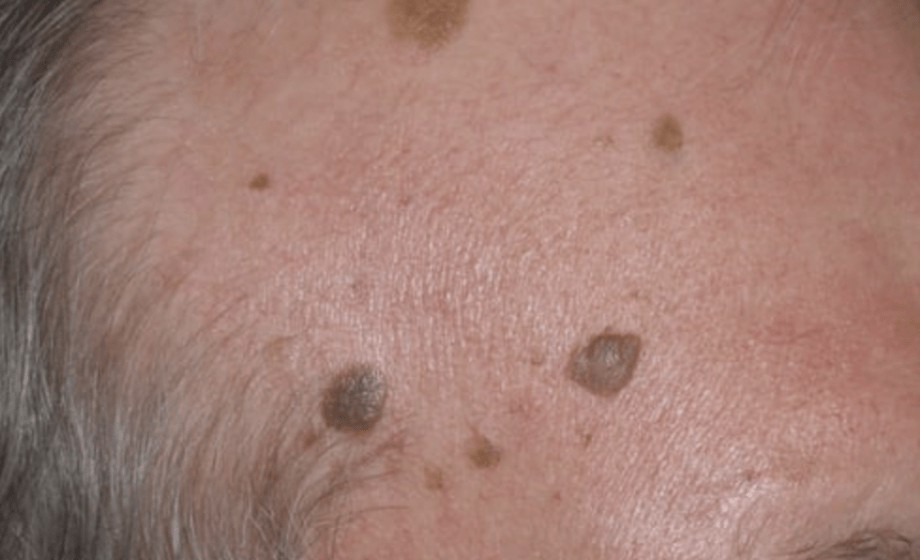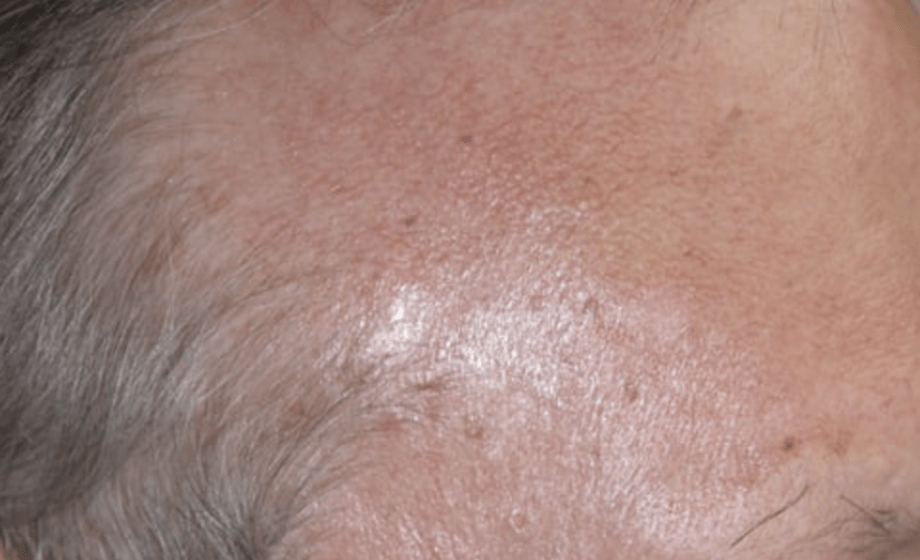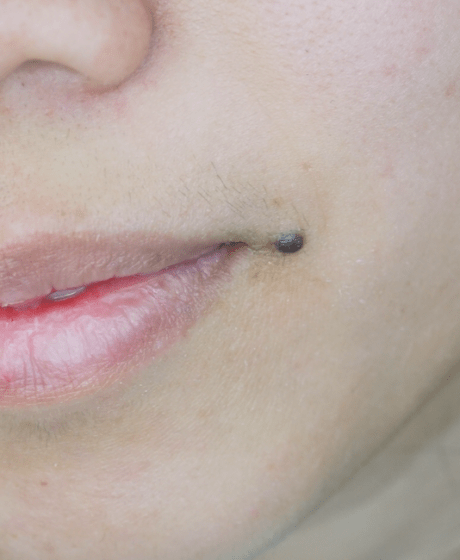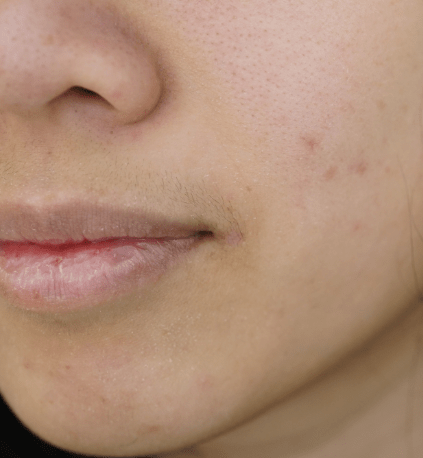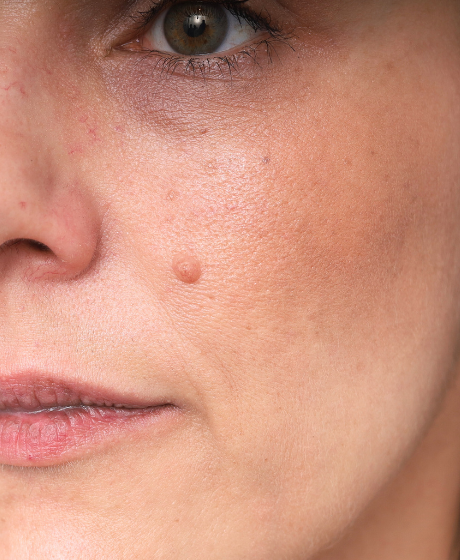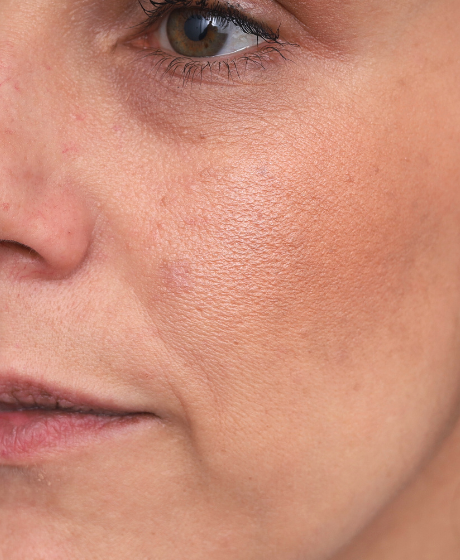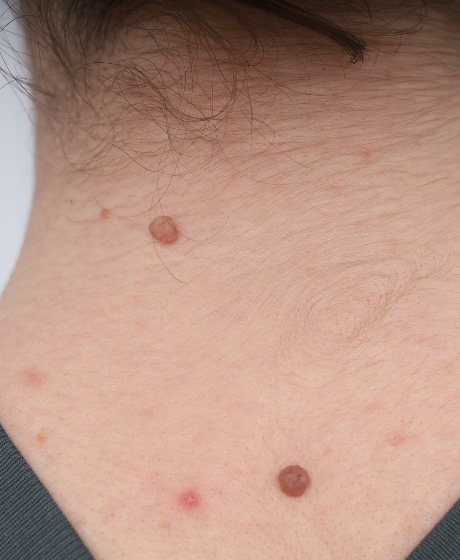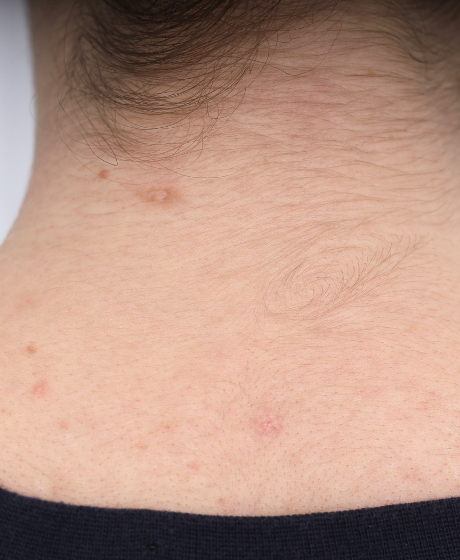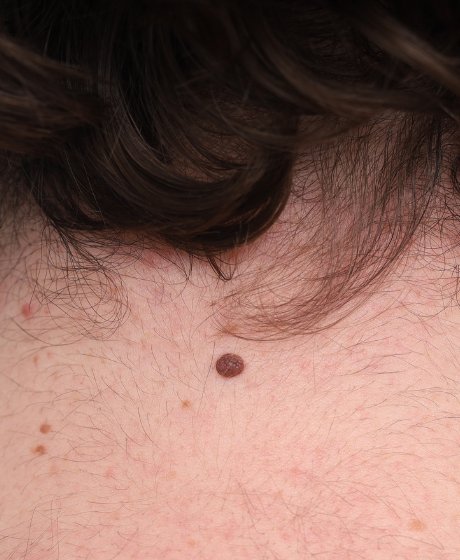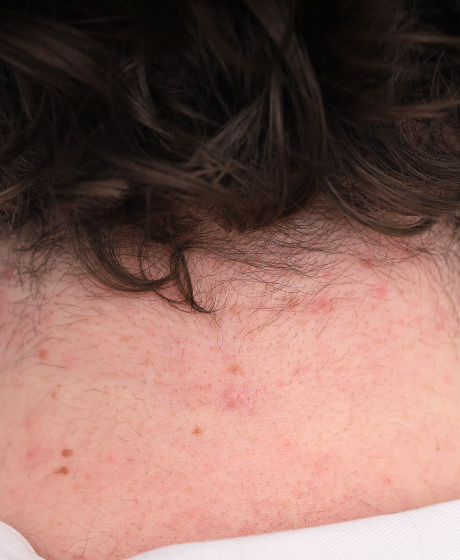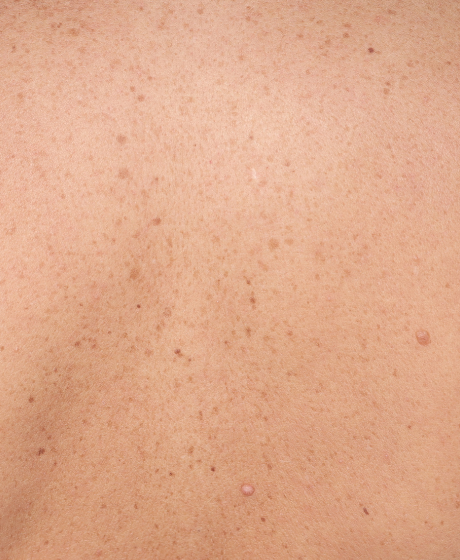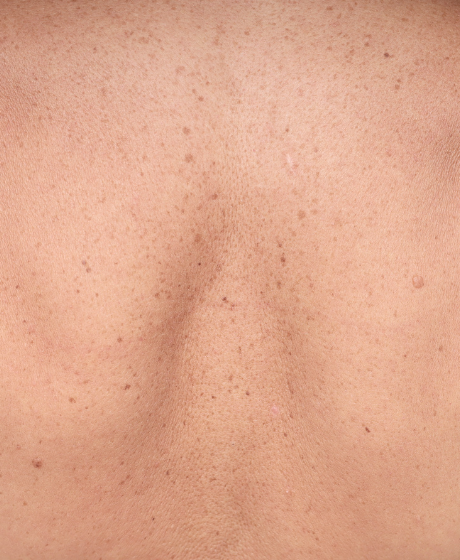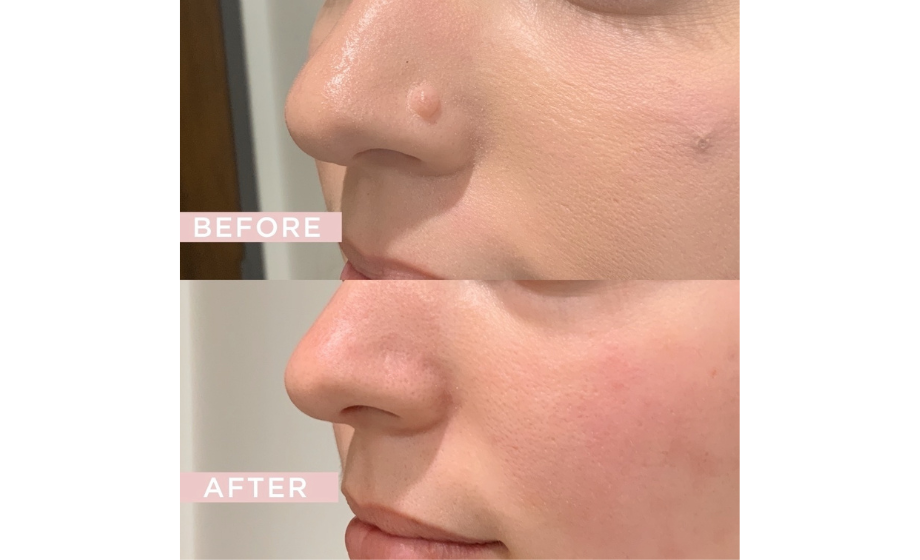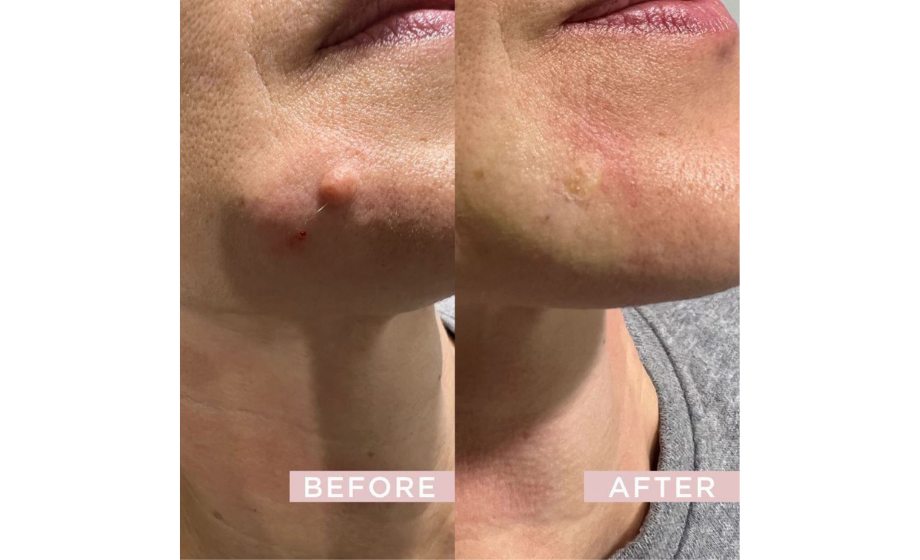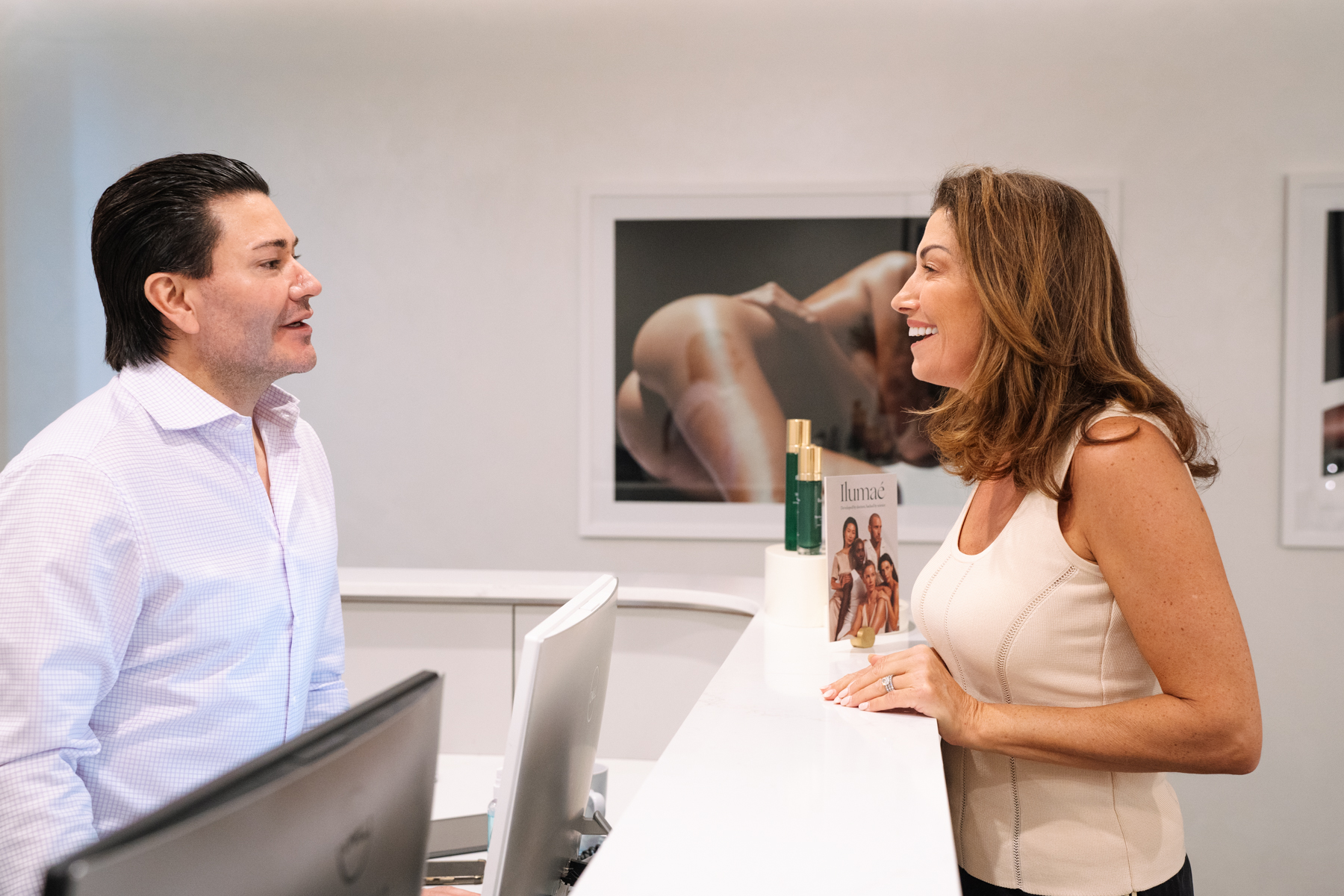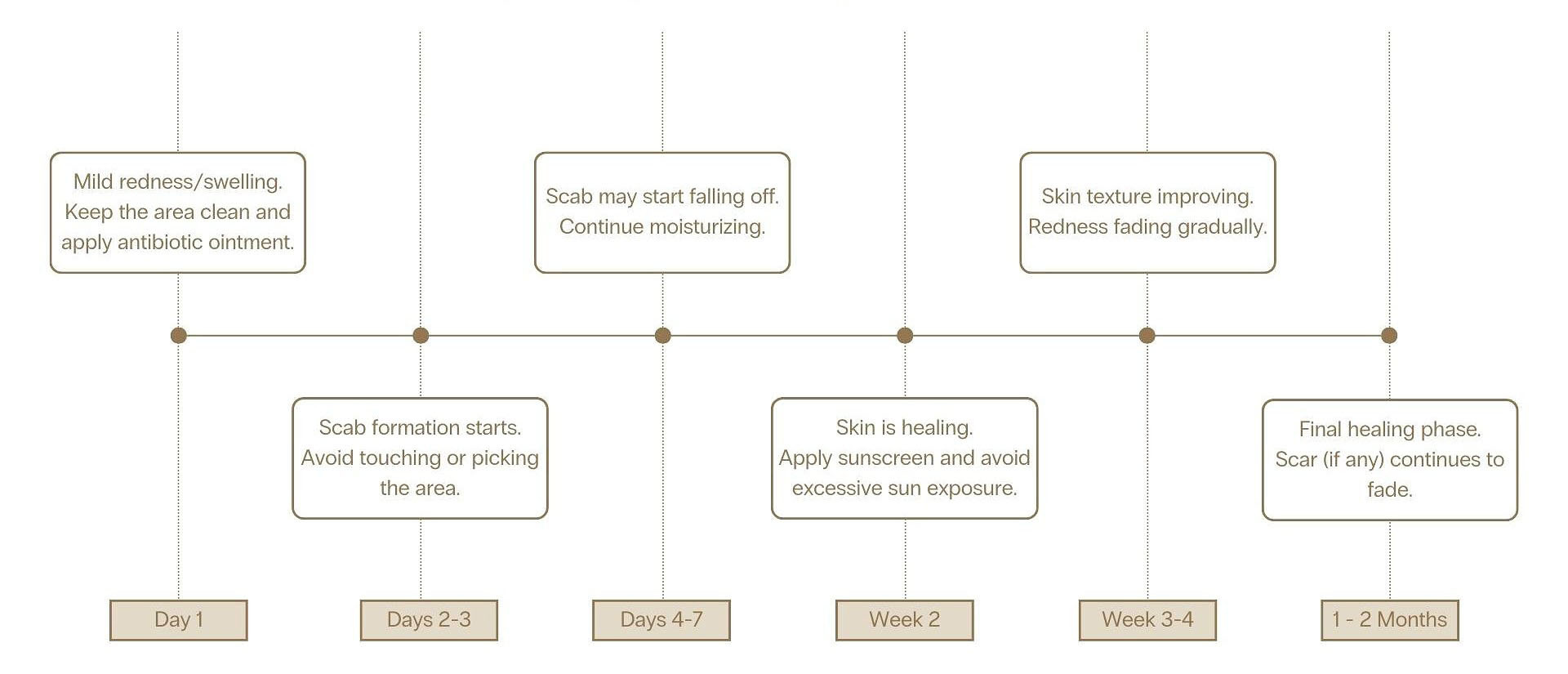What will my cosmetic mole removal procedure involve?
One of our cosmetic physicians will perform a thorough cosmetic mole removal assessment including:
- Comprehensive medical and skin history.
- The mole/s in question will be examined under magnification with a dermatoscope. Any suspicious lesions will be referred to a surgeon for excision.
- Discuss your options and suitability for mole removal.
- Take photographs of the mole/lump/bump in question.
- Informed written consent will be taken prior to the mole removal procedure.
- Anaesthetise the area prior to mole removal treatment.
- The mole removal area is cleaned, and a sterile field is prepared.
- If the lesion has no suspicious features, our radiofrequency device removes the mole.
- A simple dressing such as duoderm can then be continued for 3-5 days after cosmetic mole removal. This can be changed as required.
- Antibiotic ointment is then applied 4 times a day for 2 weeks after cosmetic mole removal.
- Follow up with our doctor is recommended at 2 weeks post cosmetic mole removal procedure to assess progress.
How to Remove Skin Tag Moles?
Skin tags and moles can be quickly and safely removed using cosmetic radiofrequency technology. At Contour Clinics Sydney, we use an advanced, minimally invasive procedure that gently removes skin tags and moles without the need for stitches or surgery. Radiofrequency removal provides superior cosmetic results with minimal discomfort, virtually no scarring, and rapid healing, allowing you to return to daily activities immediately afterward.
Always have skin tags or moles professionally assessed by an experienced cosmetic doctor to ensure safe, effective removal tailored to your unique skin type.
How to remove skin tags at home?
While some people search for DIY methods to remove tag moles at home, attempting home mole or skin tag removal can be dangerous and is not recommended. At-home treatments often lead to infection, scarring, bleeding, or even more serious complications if the mole is not properly assessed by a medical professional.
For safe, effective, and cosmetically appealing results, it’s always best to consult with an experienced cosmetic doctor. At Contour Clinics in Sydney, our skilled professionals use advanced radiofrequency technology to remove tag moles safely and with minimal scarring.
Avoid the risks—choose professional cosmetic mole removal for peace of mind and flawless results.
How to get moles removed from face?
If you’re considering having a facial mole removed, it’s crucial to choose a treatment method that provides optimal cosmetic results with minimal scarring. At Contour Clinics in Sydney, our doctors perform cosmetic mole removal using advanced radiofrequency technology. This minimally invasive procedure gently and precisely removes facial moles without stitches or significant downtime, leaving the skin smooth and virtually scar-free.
For best results, always have your facial moles professionally assessed and removed by an experienced cosmetic doctor who can ensure safety and achieve the best aesthetic outcomes tailored specifically to your skin.
Will mole removal hurt?
After injection of local anaesthetic there is no pain.
After the anaesthetic wears off in 9-12 hrs after cosmetic mole removal, a sunburn sensation may be felt.
How much does removing moles cost?
In Sydney, cosmetic mole removal prices can vary significantly. Some clinics charge $500 or more for a single mole removal. At Contour Clinics, we offer competitive and transparent pricing:
For mole removal in intimate areas, pricing is:
Our experienced cosmetic doctors specialise in radiofrequency mole removal, providing safe, precise, and cosmetically superior results at an affordable price.
How long does cosmetic mole removal take?
The cosmetic mole removal procedure itself takes less than 10 minutes.
How many mole removal treatments will I need? Is mole removal permanent?
One cosmetic mole removal treatment is all that is required to completely remove each mole/lump/bump/skin tag.
Our mole removal procedure is permanent.
Rarely, moles can regrow in the area. When necessary, cosmetic mole removal follow-up treatments are performed without any additional charge to our patients.
Will mole hairs grow back?
The hair shaft often penetrates deeply within the dermis, many millimetres below the base of the mole. Often mole hairs can persist despite complete mole removal. This can be treated with our hair removal laser.
How to remove moles naturally?
Common natural methods for mole removal that people might consider include applying apple cider vinegar, garlic paste, baking soda mixtures, or essential oils. However, these methods are not medically proven and carry significant risks, including skin irritation, chemical burns, infection, permanent scarring, and incomplete removal.
Attempting to remove moles naturally at home is strongly discouraged by medical professionals. Instead, it’s always safest and most effective to seek professional advice from experienced cosmetic doctors.
At Contour Clinics in Sydney, we offer advanced cosmetic mole removal using gentle radiofrequency technology, providing safe, precise, and aesthetically superior results without unnecessary risks or scarring.
Is mole removal covered by Medicare Australia?
If a mole is being removed because skin cancer is suspected, this is covered under Medicare.
Mole removal purely for cosmetic reasons is not covered by Medicare. At Contour Clinics, we do not provide mole removal if skin cancer is suspected. If our doctors identify any suspicious features in your mole you will be referred to a dermatologist to have the lesion formally cut out and sent for histopathological analysis.
